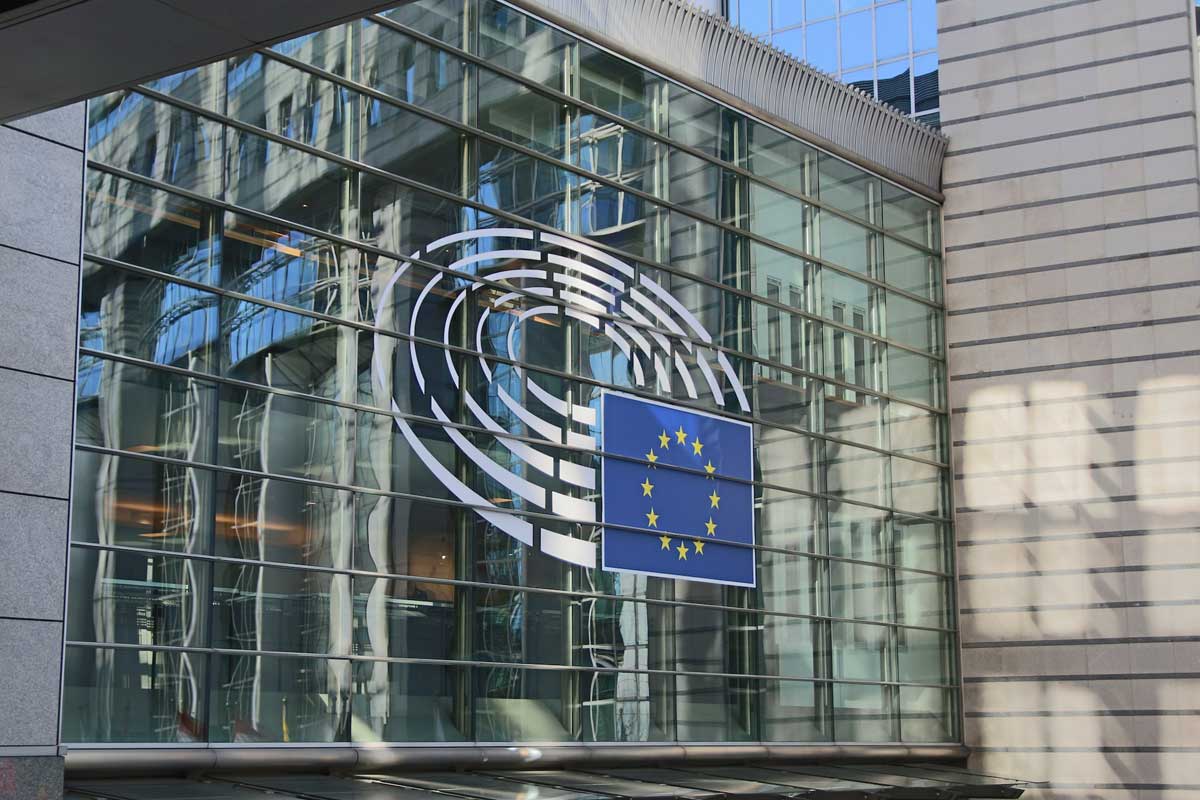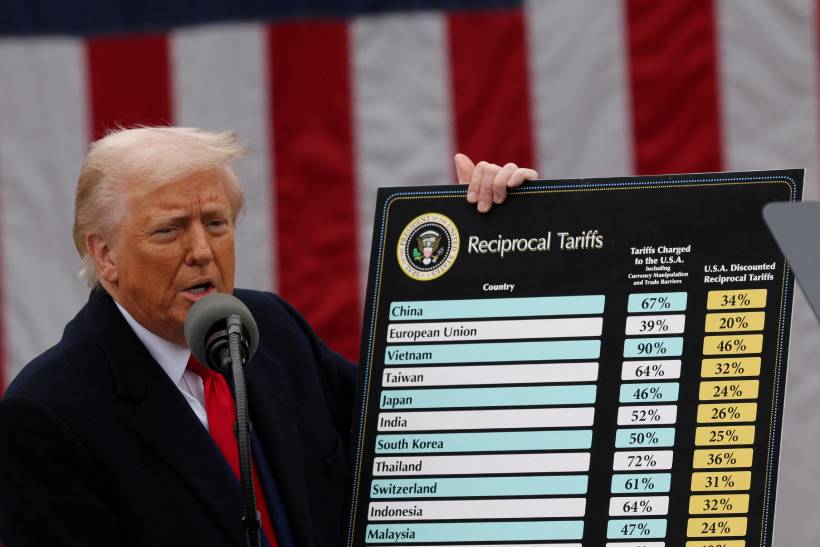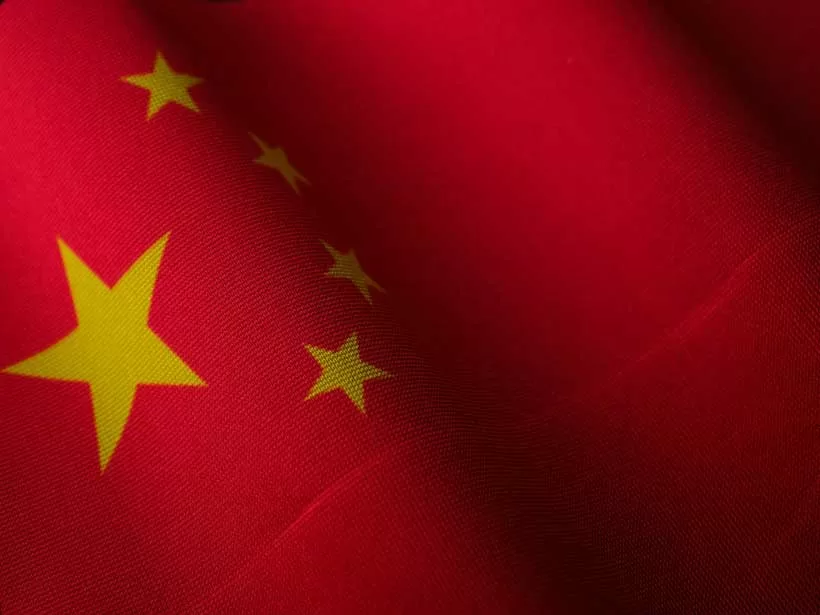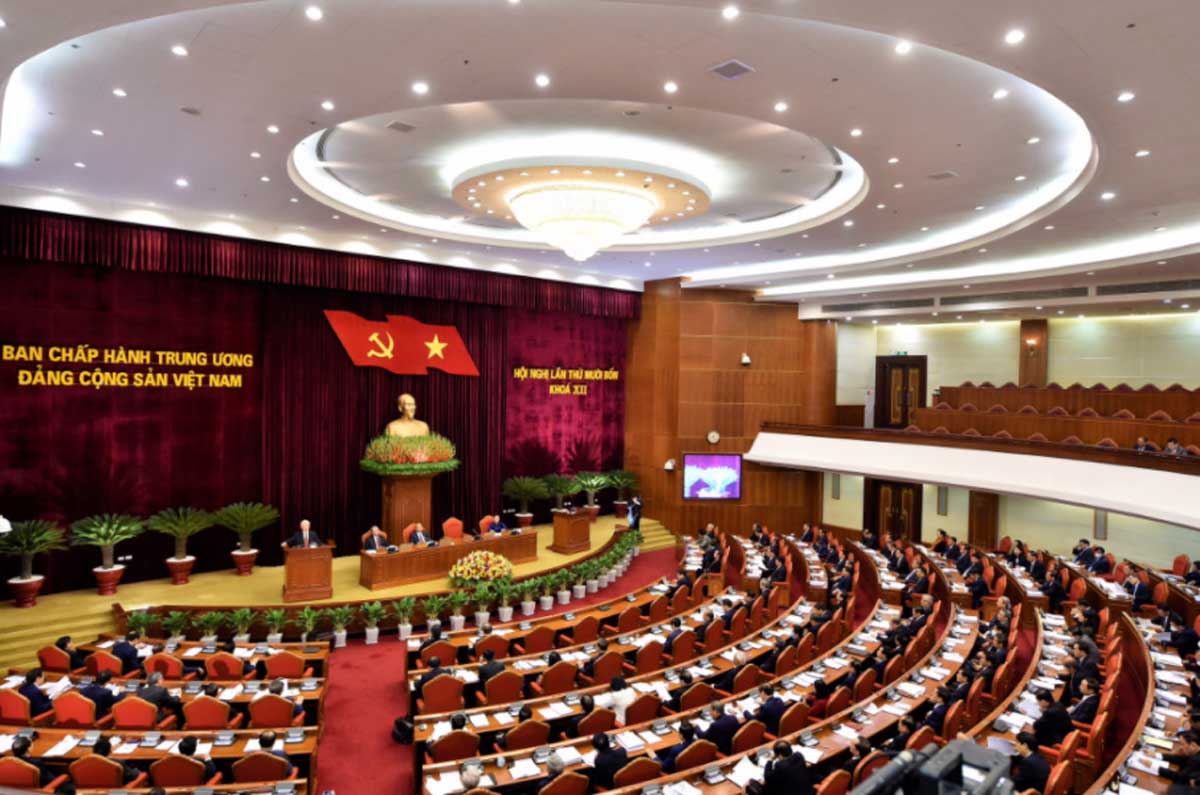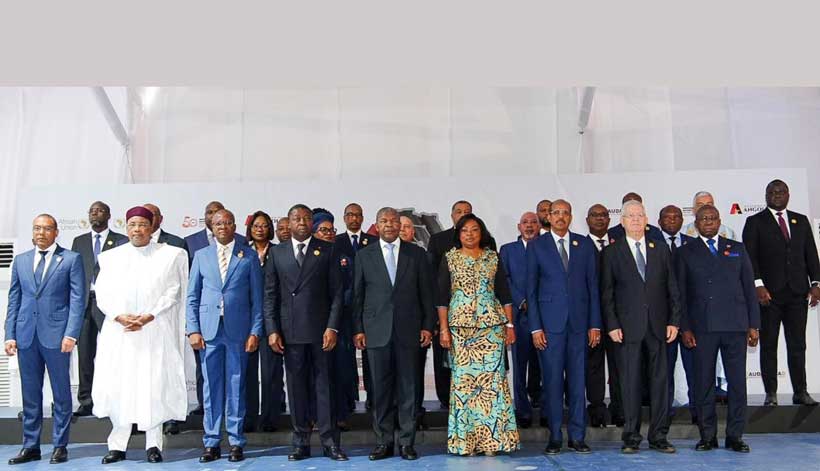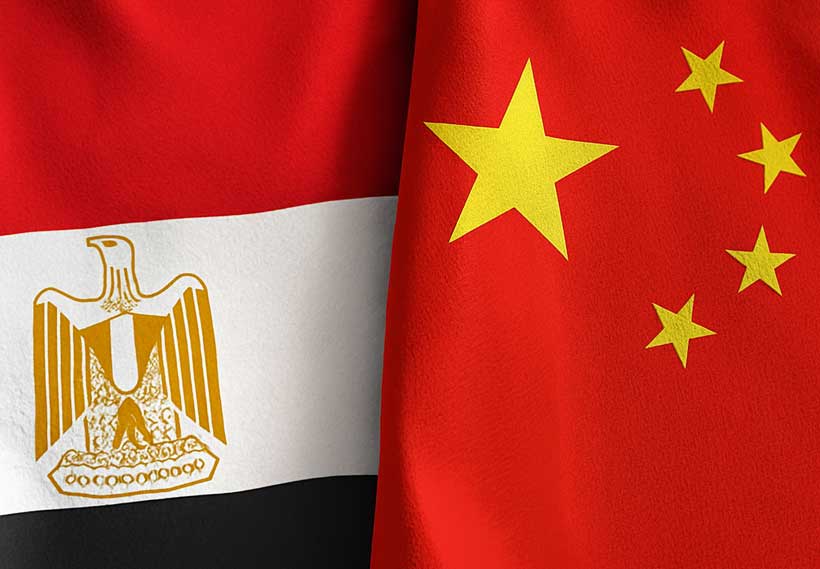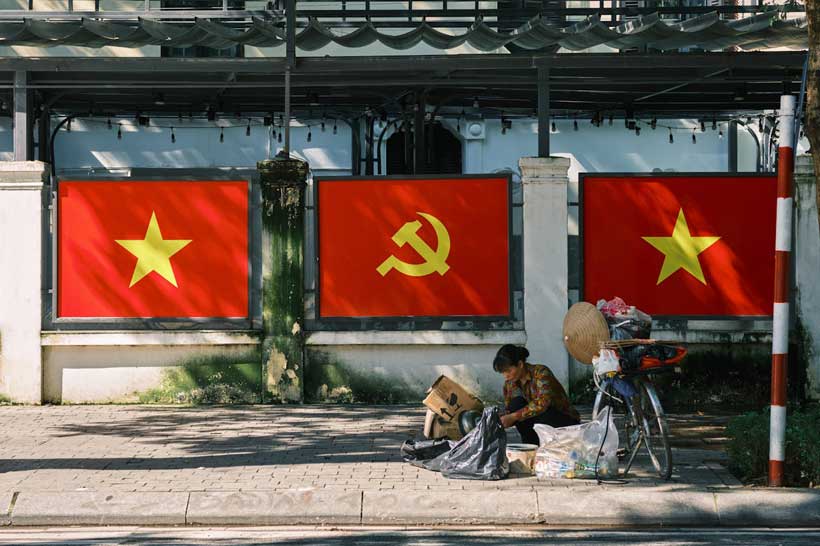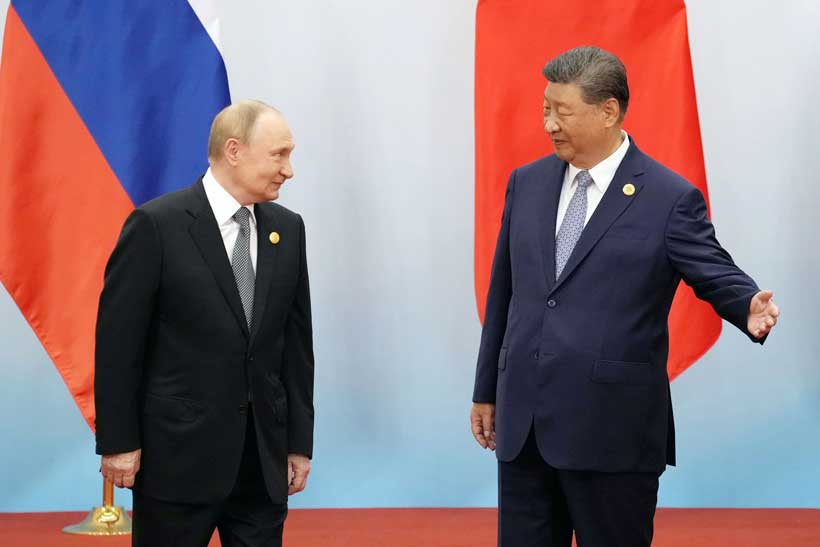When a Danish-flagged tanker named Torm Agnes quietly pulled into Mexico’s Port of Ensenada this spring, few took notice. The harbor, better known for cruise liners and pleasure yachts, seemed an unlikely setting for a large-scale energy delivery. But what followed was no ordinary unloading. Within hours, convoys of fuel-hauling trucks began siphoning off diesel from the tanker under the cover of night, an industrial cover that occurred so fast that witnesses said it operated “like clockwork.”
By morning, much of the shipment, worth roughly $12 million, had vanished into the Mexican black market. On paper, the cargo was listed as lubricants, exempt from Mexico’s high import taxes. In reality, it was a vast quantity of U.S.-sourced diesel smuggled by intermediaries working with one of Mexico’s most violent cartels; the Jalisco New Generation Cartel, or CJNG.
This was not a one-off operation. It was part of a sprawling, billion-dollar criminal enterprise linking Mexican cartels, U.S. traders, corrupt officials, and global shipping firms into what security analysts are now calling a “dark fleet.” And it underscores a deeper truth: the cartelization of Mexico’s energy market is no longer a localized issue, it’s a geopolitical problem touching the heart of North American trade, governance, and security.
A New Market Touched by Cartels:
For decades, Mexico’s cartels made their fortune in narcotics. Today, they are energy traders, exploiting systemic weaknesses in Mexico’s tax system and infrastructure to build empires rivaling legitimate fuel companies. According to Mexican officials, bootleg imports may now account for up to one-third of the country’s diesel and gasoline market, worth more than $20 billion a year.
The genius of the scheme lies in its simplicity. Mexico’s IEPS tax, a levy on imported fuels often exceeding 50% of a shipment’s value, creates a powerful incentive to cheat. Smugglers evade this tax by falsifying cargo documents, claiming their shipments contain lubricants or petrochemical additives, both of which are tax-exempt. The fake paperwork passes through customs with the help of bribes, while the actual diesel or gasoline floods Mexican markets at a discount.
Companies like Houston-based Ikon Midstream, which bought and shipped the Torm Agnes cargo, occupy the gray zone between legality and complicity. The firm purchased diesel in Canada, disguised it as lubricants in customs documents, and sent it to a Monterrey-based recipient called Intanza, a company authorities now suspect is a CJNG front.
It is the blending of formal and criminal economies that makes this phenomenon so dangerous. What once required violent pipeline theft now operates as a hybrid supply chain, complete with invoices, shipping manifests, and trade intermediaries. The same global infrastructure that powers legitimate energy commerce has been repurposed for organized crime.
The American connection:
The Ensenada case illustrates how deeply intertwined U.S. and Mexican energy systems have become. Nearly all the smuggled fuel originates in the United States or Canada. It passes through American ports, refineries, and shipping brokers, some unwitting, others complicit.
Texas, long a hub for legitimate fuel exports, has also become fertile ground for illicit operations. “The cartels have infiltrated many legitimate businesses along the border and further north,” warned Texas State Senator Juan Hinojosa, who has pushed for stricter licensing of fuel depots and transporters.
The U.S. Treasury Department and the Office of Foreign Assets Control have since begun sanctioning dozens of Mexican nationals and companies tied to CJNG’s fuel operations. Yet the challenge lies in the complex nature of the trade; each shipment can involve multiple shell companies, international middlemen, and falsified documents. Even major firms like Torm, one of the world’s largest tanker operators, have been drawn into controversy. The company says it cut ties with Ikon Midstream after the Ensenada operation became public, citing contractual deception.
Meanwhile, the U.S. Department of Justice has already prosecuted American citizens for aiding cartel-linked fuel schemes. In May, a Utah father and son were charged with laundering money and supplying material support to CJNG by helping smuggle Mexican crude oil. Such cases highlight that America’s own regulatory and commercial systems are being leveraged to sustain the very criminal organizations Washington seeks to dismantle.
Mexico’s Shaky Governance:
For Mexico, the rise of cartel fuel empires is not just an economic issue, it’s an existential one. The Mexican Navy, once regarded as among the country’s least corrupt institutions, is now under internal investigation for its role in facilitating smuggling at ports. Senior naval and customs officials have been arrested in connection with illegal tanker operations, while President Claudia Sheinbaum’s administration has made combating fuel theft a cornerstone of its early tenure.
But even high-profile seizures barely scratch the surface. Since Sheinbaum took office in late 2024, authorities have confiscated an estimated 500,000 barrels of illegal fuel, less than a fraction of the $20 billion trade. Prosecutors investigating the racket face mortal danger. In August, Tamaulipas’ federal prosecutor was assassinated after leading raids that uncovered more than 1.8 million liters of illicit fuel.
This combination of organized crime, corruption, and governance failure is a hallmark of what political scientists call “criminal capture”, the point at which state institutions become functionally co-opted by illicit economies. With cartels operating as false energy corporations, Mexico’s sovereignty over its own fuel sector is seemingly a facade.
The Global Shadow Market:
The implications stretch beyond Mexico. The term “dark fleet” was first used to describe tankers smuggling sanctioned Russian and Iranian oil. Now, it applies equally to the vessels carrying contraband fuel across the Gulf of Mexico and Pacific coastlines.
These ships exploit the same legal and logistical loopholes that sustain global energy markets; open registries, layered ownership, and limited oversight in maritime trade. Once a vessel’s cargo is reclassified or offloaded at an unsanctioned port, tracing its origins becomes almost impossible.
For Western energy giants, this black-market competition is tangible. Shell’s decision to sell its retail operations in Mexico earlier this year was due in part to its inability to compete with cheaper cartel-supplied fuel. Bootleg diesel sells at a 5–10% discount below legitimate imports, enough to distort prices across an entire sector.
Meanwhile, the illusion of “cheap” fuel comes at extraordinary cost. Mexico’s treasury loses billions in tax revenue annually, honest importers are squeezed out, and legitimate workers are drawn into dangerous informal economies. The trade also erodes trust in North America’s supply chains, just as Washington and Mexico City struggle to deepen cross-border economic integration under the USMCA framework.
Cartel Infiltration into Trade Routes:
The evolution of cartels from narcotics traffickers to fuel traders reflects a broader transformation in organized crime. Cartels have always been adaptive enterprises, but their pivot into energy reveals strategy: fuel is legal, high-margin, and logistically complex, making it perfect for laundering money under the guise of legitimate trade.
In this new landscape, the line between criminal and commercial actor has blurred beyond recognition. A U.S. trader signing a fuel invoice in Houston may be unknowingly financing a cartel warehouse in Jalisco. A Danish shipping company fulfilling a contract may inadvertently be enabling tax evasion worth millions. And a Mexican port official turning a blind eye may be advancing the interests of a criminal enterprise larger than the state itself.
The Torm Agnes episode is not merely a tale of smuggling; it is an example showcasing globalization’s vulnerabilities. As supply chains grow more complex and opaque, the ability of states to control what passes through their borders diminishes.
What’s Next?
Mexico’s “dark fleet” is more than a law enforcement issue, it’s a test of North America’s supply chain security. If cartels can operate international fuel logistics networks using legitimate Western infrastructure, the implications reach far beyond Ensenada. It raises fundamental questions about regulation, accountability, and the complicity embedded in global commerce.
President Sheinbaum’s crackdown, combined with U.S. sanctions, suggests the beginnings of a coordinated response. But the scale of the challenge is daunting. As one former OFAC official put it, “The cartels are not just criminals anymore, they’re businessmen with global reach.”
Whether Washington and Mexico City can curb this hybrid economy will define not just the future of bilateral relations, but the credibility and stability of the global energy system itself.
